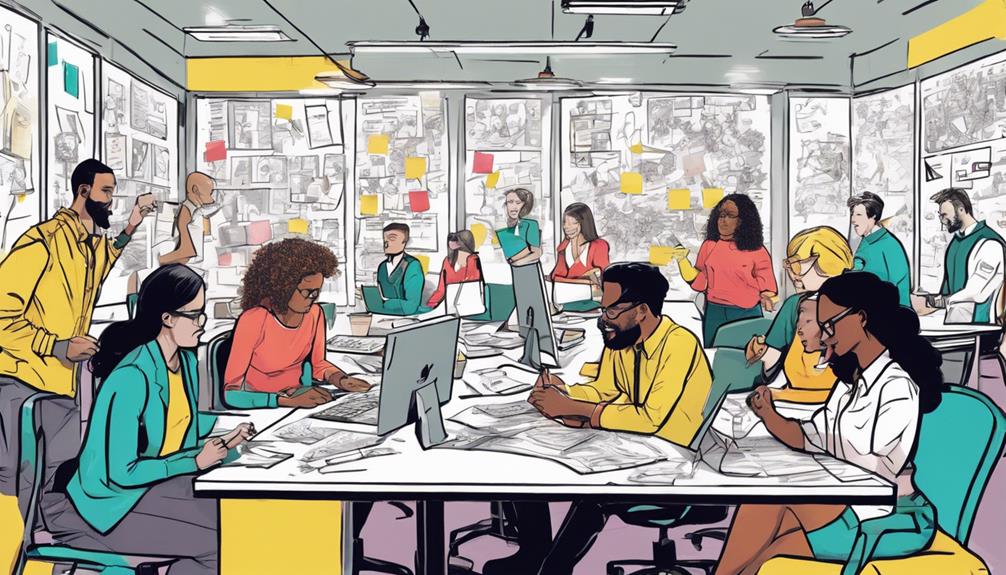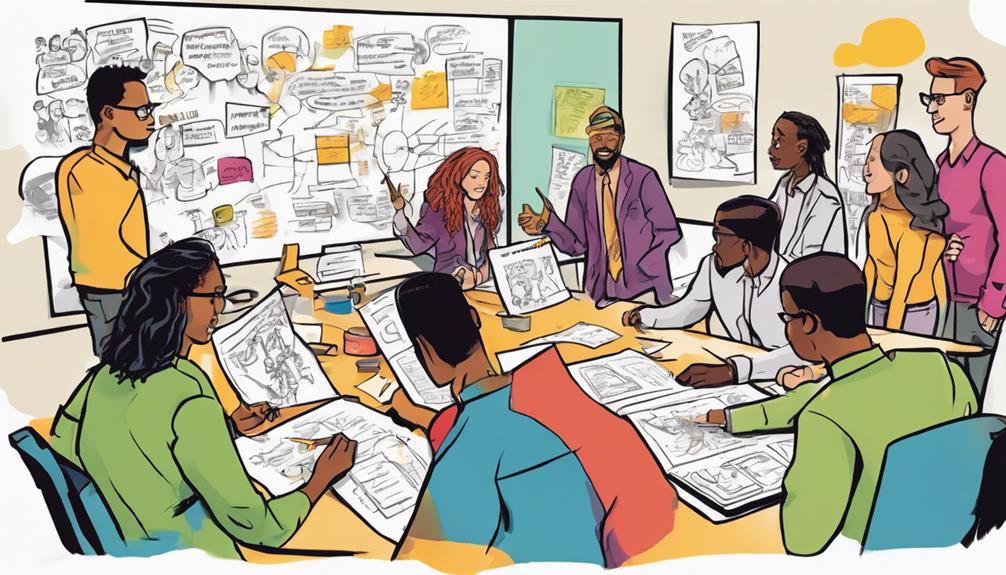Igniting Creativity in a Digital World
In today’s digital age, where distractions often suppress our natural creativity, “The Creative Spark: Unleashing Your Inner Artist” offers a much-needed remedy. This collaborative effort by Kirana Königer, Kanthi Andayani, and Thorsten Meyer provides a refreshing and multifaceted approach to reigniting the creative spirit.
A Mosaic of Global Creative Wisdom
Cultural Confluence
The authors bring together a wealth of perspectives shaped by their diverse backgrounds, combining Indonesian heritage, European influences, and global experiences. This diversity is not just for show; it forms the foundation of a philosophy that views creativity as a universal language capable of bridging cultural divides.
Harmonizing East and West
By blending Eastern philosophical traditions with Western creative methodologies, the book offers a holistic view of creativity. Readers are presented with a comprehensive toolkit that ranges from mindfulness practices grounded in Asian wisdom to the latest Western psychological theories.

Redefining Creativity for Modern Times
Beyond Artistic Stereotypes
“The Creative Spark” encourages readers to broaden their understanding of creativity, extending it beyond the confines of traditional artistic domains. The authors make a compelling case that creative thinking is an essential life skill, valuable in problem-solving, personal growth, and professional development across all fields.
Creativity in the Everyday
A significant portion of the book is dedicated to uncovering and nurturing creativity in daily life. Readers are guided through practical exercises to:
- Transform routine tasks into creative opportunities
- Enhance observational skills through mindfulness
- Apply creative thinking to personal and professional challenges
- Cultivate a creative mindset that permeates all aspects of life
The Science of Imagination
Neurological Foundations
The book roots its approach in scientific understanding, exploring the brain’s role in creative processes. This section sheds light on:
- How different brain regions contribute to creative thinking
- The impact of neuroplasticity on developing creative skills
- The influence of environment and lifestyle on creative potential
- The link between creativity and overall cognitive health
Psychological Insights
The authors delve into the psychology of creativity, addressing common obstacles such as:
- Overcoming imposter syndrome and self-doubt
- Managing perfectionism and fear of failure
- Building resilience against criticism
- Balancing structure and spontaneity in creative practice
A Toolkit for Creative Growth
Hands-On Creativity
Each chapter offers a variety of exercises designed to stimulate creativity across different mediums:
- Evocative writing prompts for aspiring authors
- Visual art challenges for designers and painters
- Culinary experiments for food enthusiasts
- Mindfulness exercises to enhance creative awareness
- Interdisciplinary projects that blend multiple art forms
Navigating Creative Roadblocks
The section on overcoming creative challenges provides valuable strategies for:
- Breaking through artist’s block and creative stagnation
- Rekindling passion for long-term projects
- Finding inspiration in unexpected places
- Harmonizing creative pursuits with daily responsibilities
Creativity in the Digital Age
Embracing Technology
The book thoughtfully explores the relationship between technology and creativity, discussing:
- The potential of digital tools to enhance creative processes
- Strategies for balancing digital and analog creativity
- Leveraging social media for sharing and promoting creative work
- Ethical considerations in the age of AI-generated art
Sustainable Creativity
In alignment with contemporary concerns, the authors emphasize the importance of sustainable creative practices, encouraging readers to consider the broader impact of their artistic choices.
A Journey of Self-Discovery
Personal Narratives
Throughout the book, the authors share intimate stories from their own creative journeys, adding depth and relatability to the theoretical content.
Reflective Practice
“The Creative Spark” invites readers to embark on a journey of self-discovery through creativity. Thought-provoking questions and journaling prompts help readers:
- Uncover their unique creative strengths and passions
- Explore the connection between creativity and personal identity
- Reflect on how creative expression can catalyze personal growth
Critical Analysis
Strengths
- A comprehensive approach that transcends traditional artistic boundaries
- A rich multicultural perspective offering global insights
- A strong scientific foundation balanced with practical application
- An inclusive tone that makes creativity accessible to all readers
Considerations
- Some readers might find the breadth of topics overwhelming
- Certain cultural references may resonate more strongly with specific audiences
- Advanced practitioners might find some basic concepts familiar, though the book offers fresh perspectives
Conclusion: Sparking a Creative Revolution
“The Creative Spark: Unleashing Your Inner Artist” is more than a guide to becoming more artistic—it’s a roadmap to living a more imaginative and fulfilling life. By presenting creativity as an essential human trait rather than a specialized skill, the authors have crafted a work with the potential to transform how readers approach not just art, but life itself.
Rating: 4.85/5 stars
Highly recommended for its inclusive approach, scientific grounding, and transformative potential. “The Creative Spark” stands out as a comprehensive, insightful, and practical guide to creative living in the modern world, promising to ignite the artistic flame within every reader.









